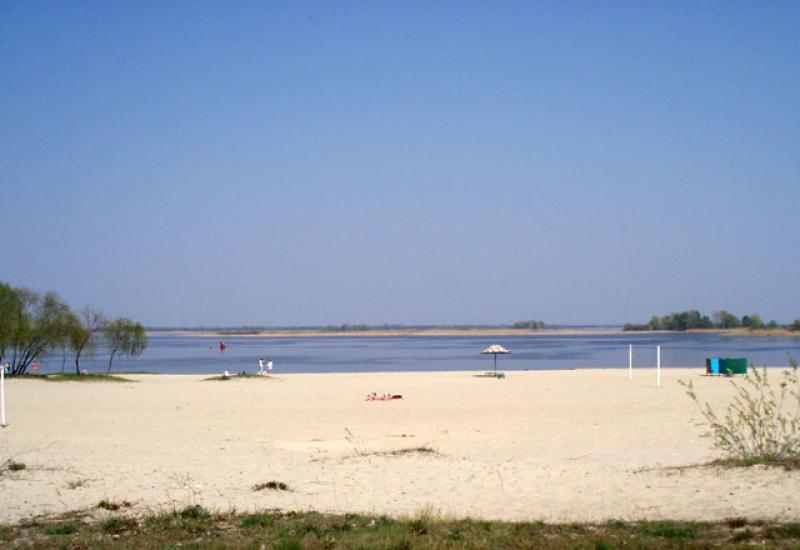Summer is the time for having rest. Lake, river and sea promise us luck and relief. Meanwhile, it is important to remember that water can be the source not only of enjoyment, but of danger. That is why you should be careful, attentive and sober on water.
In real life people do not drown as it is shown in the movies. Usually drowners do not shout, wave hands, and make splashes. The incident of drowning is called “instinctive drowning reaction”, which is not the same as we imagine.
Except for very rare cases, the person who is drowning is not able to call for help. Our respiratory system is created to breathe. Speech is its secondary function. Before saying anything, a person needs to breathe enough air into the lungs.
The mouth of the person who drowns goes under water. If for a single moment a person is able to rise over the water for exhaling and inhaling, then there is not enough time for calling for help. A person tries to wave head backwards in order to breathe the air. Moreover, the instinctive reaction of the drowner does not allow him or her to take the movements under control. A person cannot wave hand to draw somebody`s attention or swim to something in order to grab it.
While a person is under the power of instinctive drowning reaction, her or his body is under the water in a vertical position, so you will not see any signs of helpless floundering. A person can hold this position for 20 to 60 seconds. If there is no experienced lifeguard who is able to understand what is happening and help, a minute is enough for a drowner to disappear under water.
This does not mean that a person who waves hands and shouts needs no help. That is how the panic looks like, which is not necessarily leads to drowning. In any case, in such situation a person is often able to swim alone or grab the lifebuoy.
There are some tips on which you can distinguish the drowner:
- The head is situated lower than the water level, the mouth is on the water level;
- Head is thrown backwards, mouth is open;
- Empty eyes are closed or not able to focus;
- Hair covers forehead or eyes;
- Legs are not visible, bode is in the vertical position;
- Accelerated and hardened breathing;
- Unsuccessful attempts to swim in a certain direction;
- Attempts to roll over on back;
- Movements similar to those made by a person who climbs the ladder.
If you notice something like this ask the person whether everything is alright. If there is no answer, chances are that the person needs help. You have only 30 seconds to hive him or her help.
Children on the water is another issue. The sad statistics is known: drowning is the second after road accident widespread cause of accidental death of children under 15 years. The half of these children drowns near the parents or other adults. 10 percents of all the incidents adults see as children drowning but do not really understand what is happening. One should remember that children splashing in the water usually do that quite noisy. If suddenly there is the silence, be sure that your child is in safe.
We wish you a good holiday, youth, health and love!

